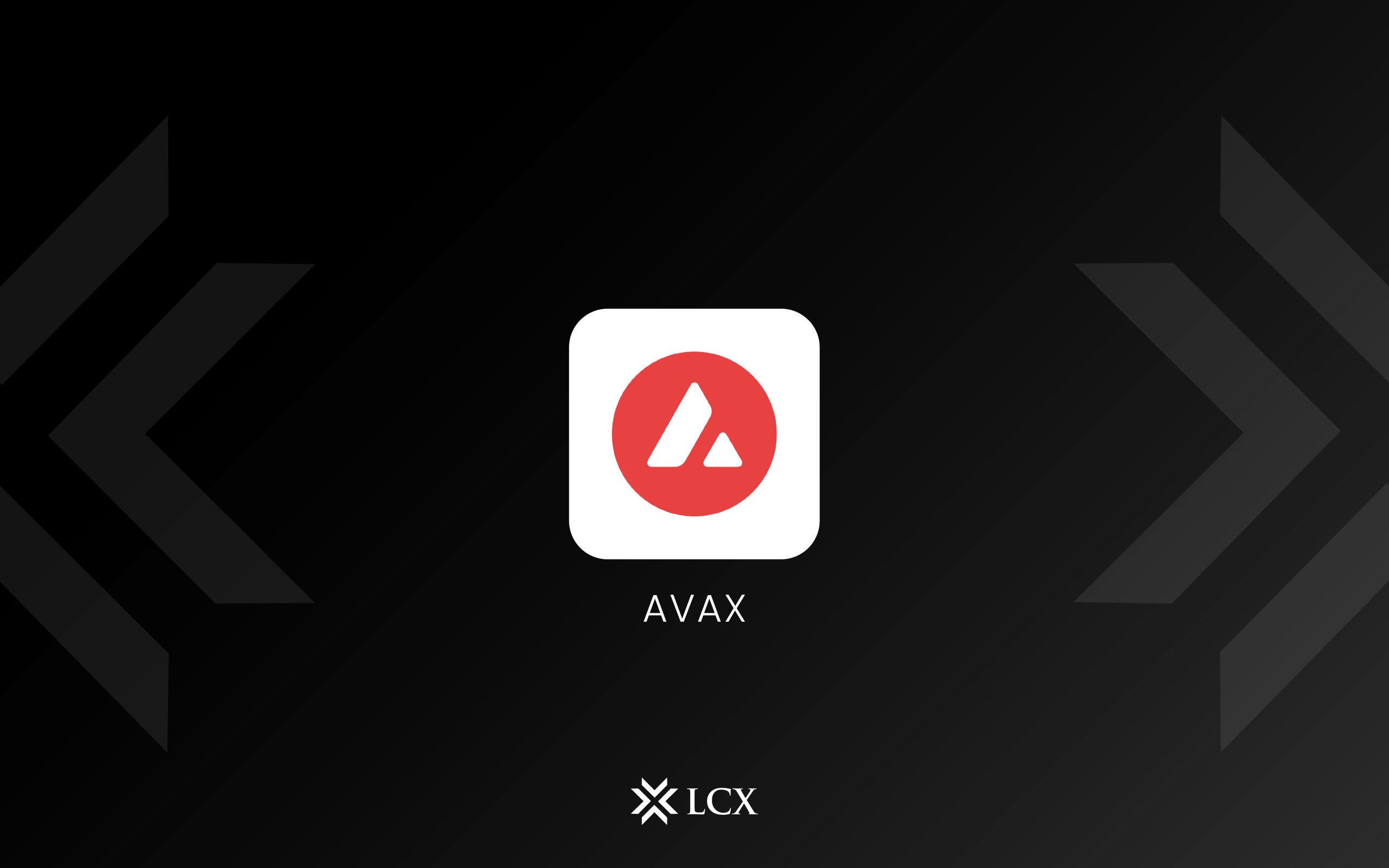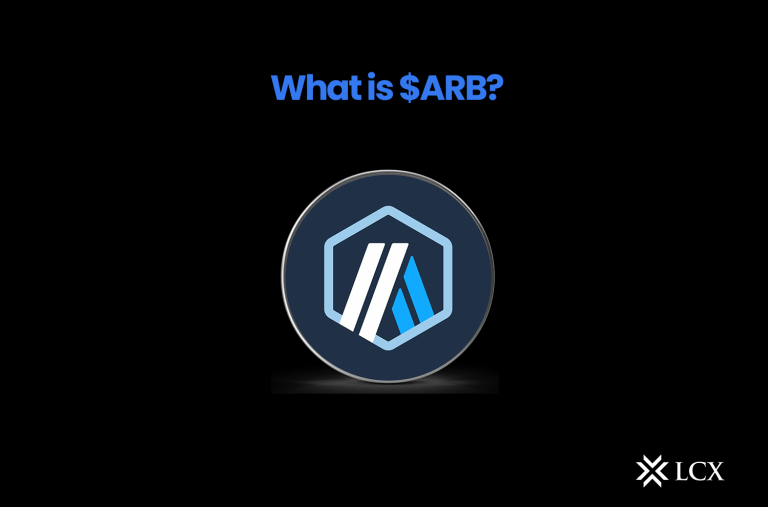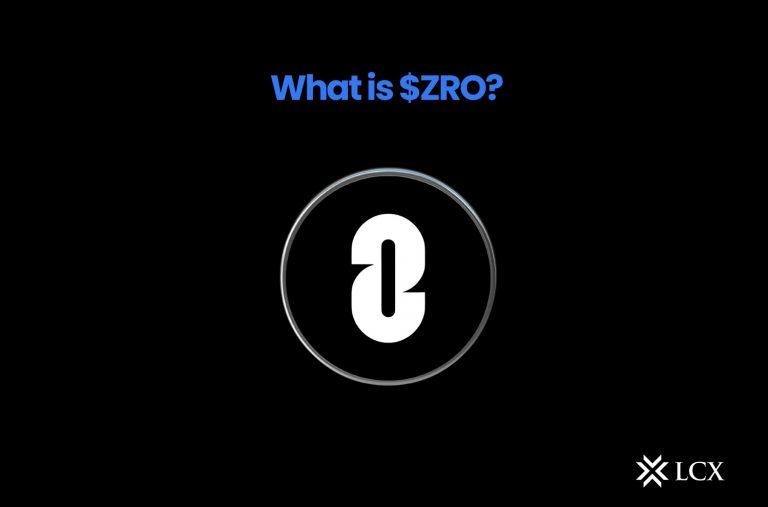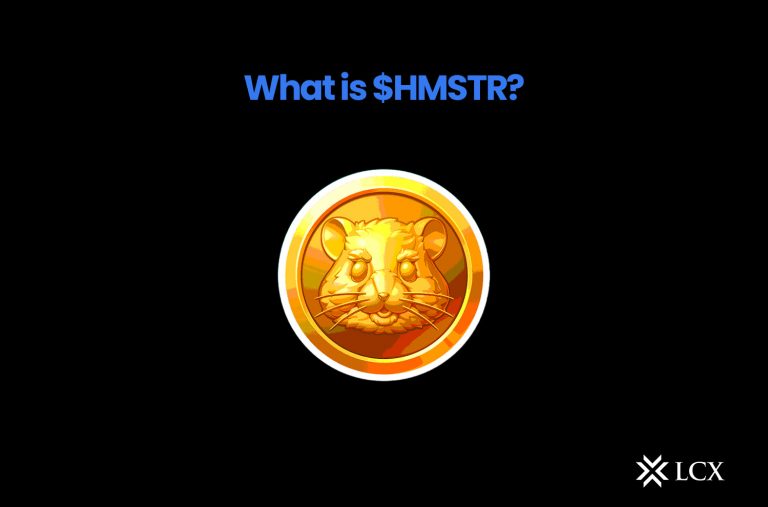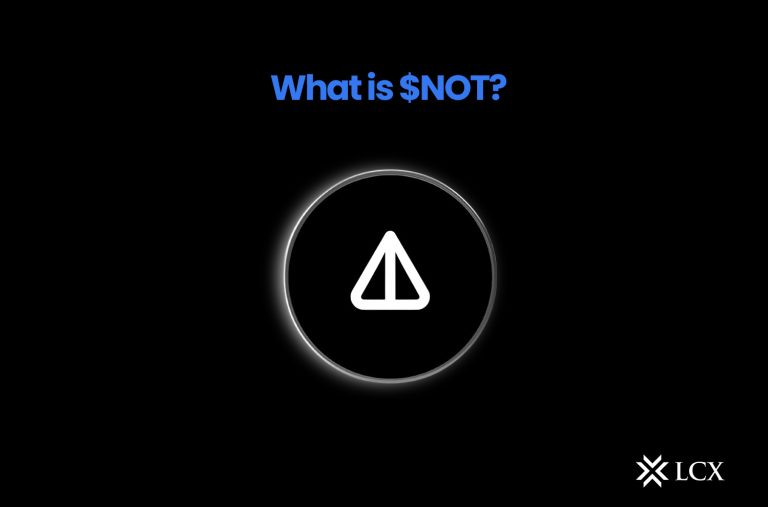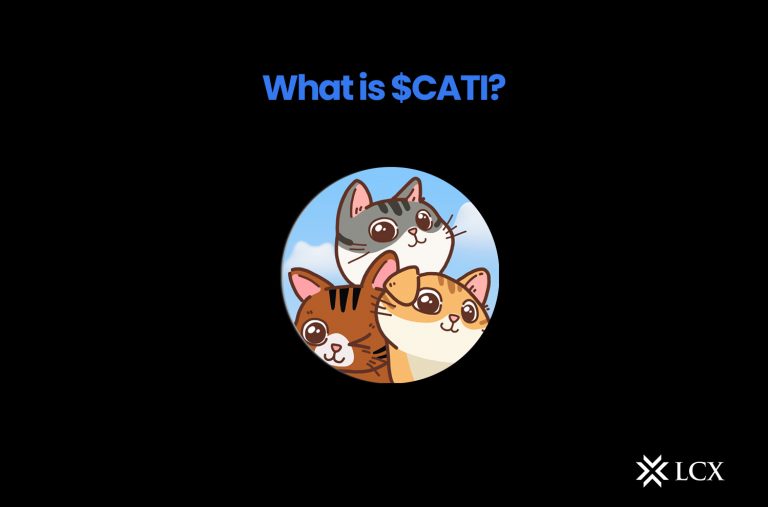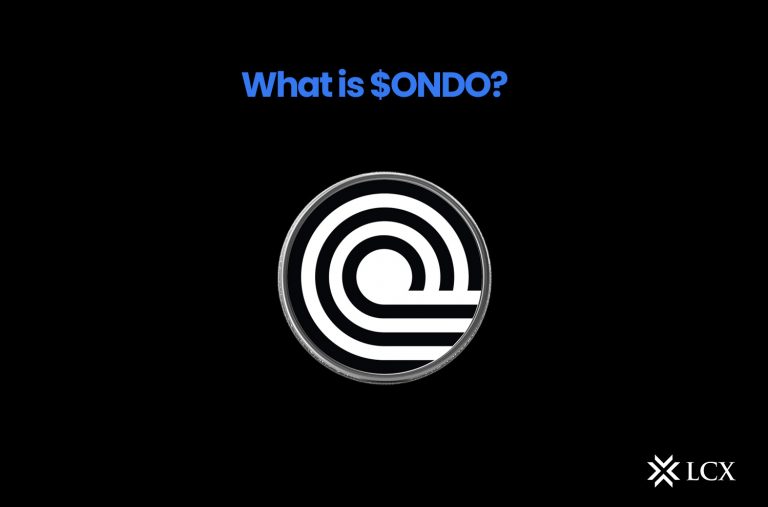What is AVAX?
Avalanche is a layer-one blockchain that serves as a platform for dapps and custom blockchain networks. One of Ethereum’s competitors is to dethrone Ethereum to become the most famous blockchain for smart contracts.
Who Created AVAX?
Ava Labs, formed by Cornell University professor Emin Gün Sirer and Cornell University computer science PhDs Kevin Sekniqi and Maofan “Ted” Yin, launched Avalanche. Gün Sirer is a cryptographic research veteran, having created an abstract peer-to-peer digital currency six years before the Bitcoin whitepaper was published. Before the atrocious The DAO hack in 2016, he was also engaged in tasks on Bitcoin scalability solutions and Ethereum research.
That research resulted in a whitepaper that consists of the formation of Ava Labs in 2018. In February 2019, the venture closed a seed round led by Polychain, Andreessen Horowitz, and Balaji Srinivasan. Avalanche raised $42 million in less than 24 hours during its ICO (initial coin offering) in 2020.
Trade $AVAX at LCX Exchange
Sign InHow Does AVAX Work?
Avalanche aims to provide a higher transaction outcome of up to 6,500 transactions per second while maintaining scalability.
This is made possible by Avalanche’s distinct architecture. The Avalanche network is made up of three distinct blockchains: the X-Chain, the C-Chain, and the P-Chain. Each chain serves a unique function, which differs significantly from the approach used by Bitcoin and Ethereum, which requires all nodes to validate all transactions. Avalanche blockchains use various clustering techniques based on their use cases.
Avalanche has worked on developing its own DeFi and DApps since the launch of its mainnet in 2020. Projects such as TrueUSD and SushiSwap have also integrated with Avalanche, and they are both Ethereum-based projects. Also, the platform is always working on improving interoperability between Ethereum and its ecosystem through the development of bridges.
Benefits Of AVAX?
Avalanche seeks to resolve the blockchain trilemma, which holds that blockchain technologies cannot achieve a sufficient level of decentralization at scale. As a result, gas fees are often prohibitively expensive on Ethereum.
To address this issue, Avalanche developed three interoperable blockchains:
- The native AVAX tokens and other assets are created and exchanged using the Exchange Chain (X-Chain). These tokens adhere to standardized rules comparable to the ERC-20 standard on Ethereum. The Avalanche consensus mechanism is used.
- The C-Chain (Contract Chain) hosts smart contracts and decentralized applications and smart contracts. It has its Avalanche Virtual Machine, similar to the Ethereum Virtual Machine, and allows developers to create EVM-compatible DApps. The Snowman consensus algorithm is used.
- The Platform Chain (P-Chain) coordinates network validators, tracks active subnets, and allows new subnets to be created. Subnets are validator collections, similar to a validator cartel. Each subnet can validate multiple blockchains simultaneously, but blockchain technology can only be validated by one subnet. The Snowman consensus algorithm is also used.
This segment of computing tasks allows for higher throughput while maintaining decentralization. For example, private blockchains on the network may require validators in its subnet to be adequately geographically decentralized or to adhere to specific regulations. Avalanche’s modular structure enhances its interoperability with the other blockchains that want to incorporate into the Avalanche ecosystem. Furthermore, the two distinct consensus mechanisms are designed with the needs of each blockchain in mind, further improving their efficiency.
How Can You Buy AVAX?
You can buy, trade and store AVAX tokens at LCX exchange. The trading pairs for AVAX token are AVAX/LCX, AVAX/USD and AVAX/EUR
If you are not a registered user of LCX — Signup here


